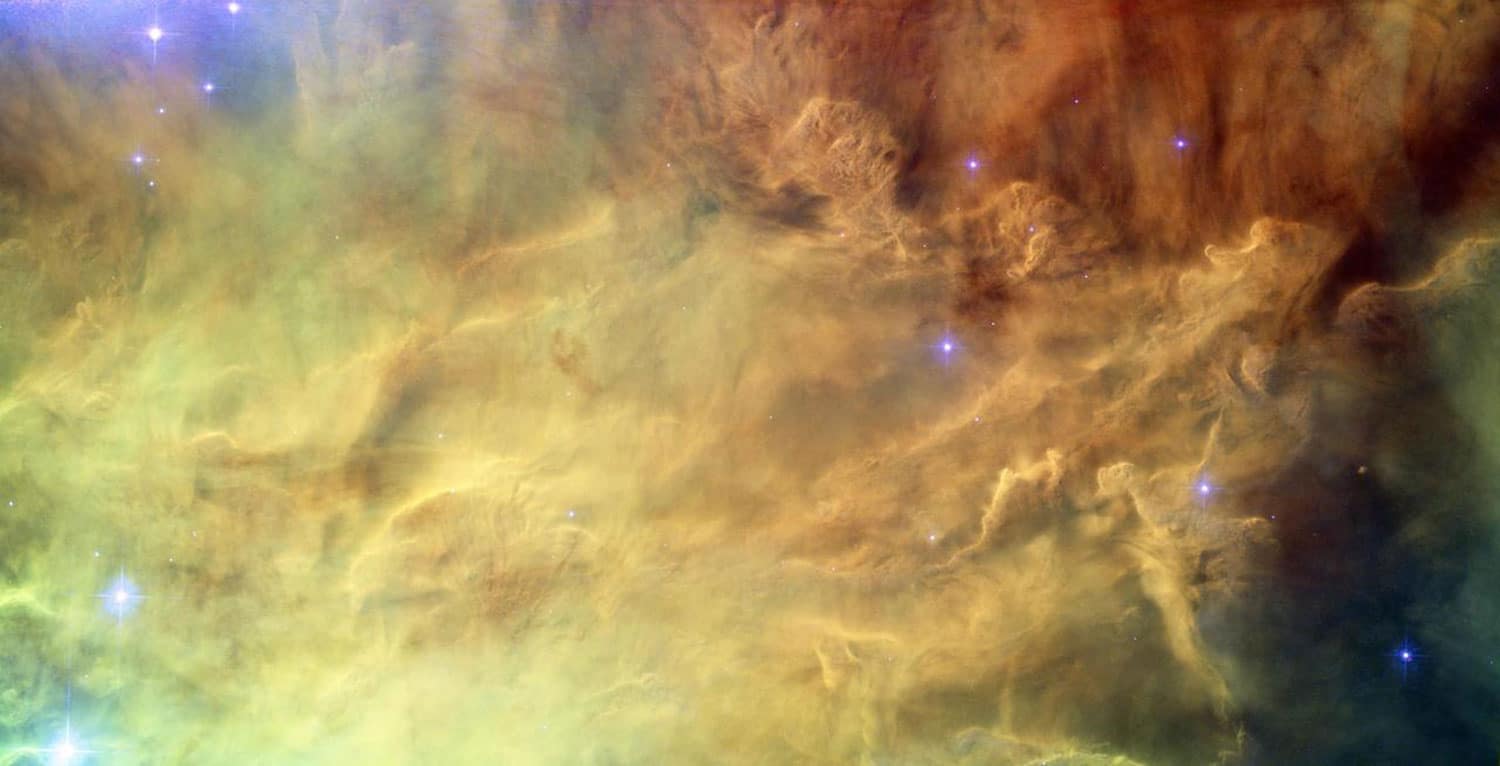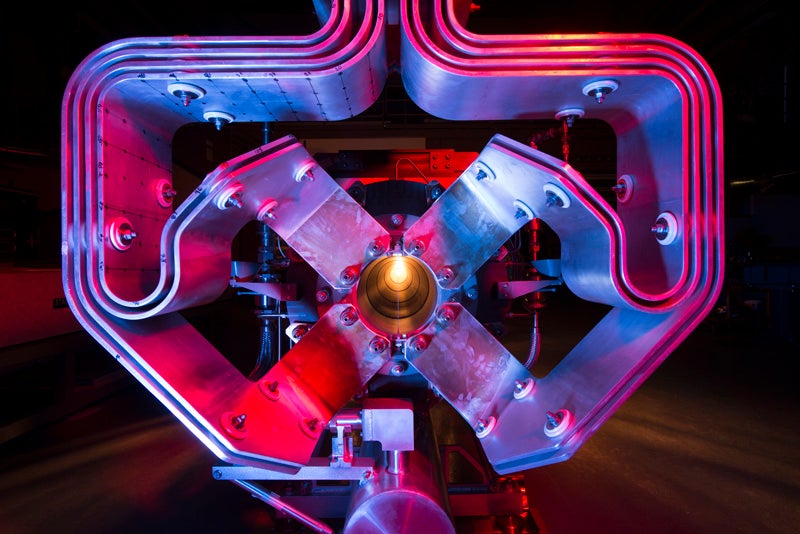The CDC’s recent move highlights the growing problems that arise when federal agencies ignore scientific data
close
Joseph V. Sakran is an associate professor of surgery and nursing, and director of emergency general surgery, Johns Hopkins Hospital, and senior fellow, Satcher Health Leadership Institute. He holds M.D., M.P.H. and M.P.A. degrees. Follow him on Twitter @JosephSakran.
close
Kavita K. Patel is a primary care physician at Mary’s Center in Washington, D.C., and was previously a director of policy in the Obama White House. She holds M.D. and M.S.H.S. degrees. Follow her on Twitter @kavitapmd.
Note: This article have been indexed to our site. We do not claim legitimacy, ownership or copyright of any of the content above. To see the article at original source Click Here













